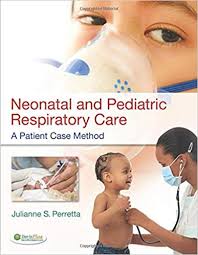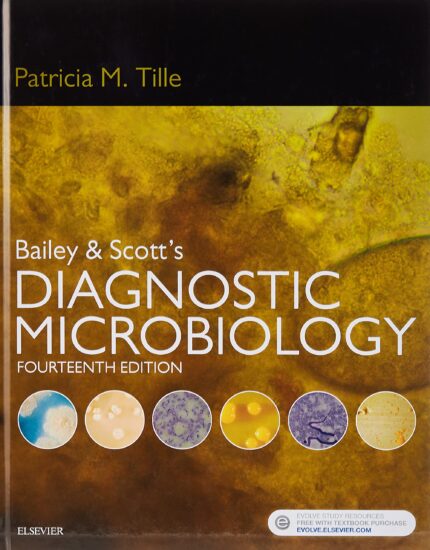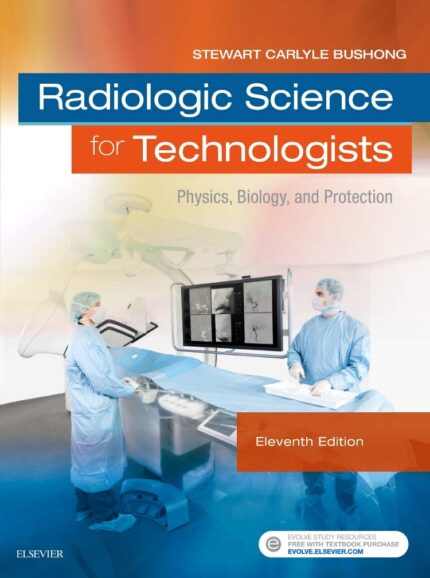Nesters Microbiology A Human Perspective 8th Edition By Anderson Lecturer – Test Bank
Chapter 05
Control of Microbial Growth
Multiple Choice Questions
1. Lister developed his ideas on prevention of infection during medical procedures after studying the work of
A. Koch.
B. Pasteur.
C. Jenner.
D. Fleming.
ASM Objective: 05.01 Microorganisms are ubiquitous and live in diverse and dynamic ecosystems.
Bloom’s Level: 1. Remember
Learning Outcome: 05.01
Section: 05.01
Topic: History of Microbiology
2. One of the first chemicals used by Lister to prevent surgical infections was
A. alcohol.
B. iodine.
C. carbolic acid.
D. mercury.
ASM Objective: 03.04 The growth of microorganisms can be controlled by physical, chemical, mechanical, and biological methods.
ASM Topic: Module 03 Metabolic Pathways
Bloom’s Level: 1. Remember
Learning Outcome: 05.01
Section: 05.01
Topic: History of Microbiology
3. The process of killing or removing all of the microorganisms in or on a material is termed
A. sterilization.
B. disinfection.
C. sanitation.
D. antisepsis.
Bloom’s Level: 2. Understand
Learning Outcome: 05.01
Section: 05.01
Topic: Control of Microbial Growth
4. A sterile item is free of
A. microbes.
B. endospores.
C. viruses.
D. prions.
E.
microbes, endospores, AND viruses.
Bloom’s Level: 2. Understand
Learning Outcome: 05.01
Section: 05.01
Topic: Control of Microbial Growth
5. A suffix used to describe a killing action would be
A. -static.
B. -cidal.
C. -cillin.
D. -tion.
Bloom’s Level: 1. Remember
Learning Outcome: 05.01
Section: 05.01
Topic: Control of Microbial Growth
6. Pasteurization
A. is the use of heat to sterilize food products.
B. is the use of heat to reduce numbers of pathogenic/spoilage bacteria in a food item to a safe level.
C.
is a process that uses intense cold to kill microorganisms on foods.
D.
is a process that uses short bursts of radiation to kill microorganisms on foods.
Bloom’s Level: 2. Understand
Learning Outcome: 05.01
Section: 05.01
Topic: Control of Microbial Growth
7. Plain soap is very effective in controlling spread of microorganisms because it is
A. bacteriostatic.
B. very effective at the mechanical removal of microorganisms.
C. virucidal.
D. bactericidal.
Bloom’s Level: 2. Understand
Learning Outcome: 05.02
Section: 05.01
Topic: Control of Microbial Growth
8. Nosocomial infections
A. are acquired at various social events.
B. are acquired while in the hospital.
C.
occur because of a susceptible population and presence of disease-causing organisms.
D. are acquired at sporting events.
E.
are acquired while in the hospital AND occur because of a susceptible population and presence of disease-causing organisms.
Bloom’s Level: 2. Understand
Learning Outcome: 05.02
Section: 05.01
Topic: Infection and Disease
9.
To reduce or eliminate disease-/spoilage-causing organisms, food is often subjected to
A. heat.
B. chemical additives.
C. radiation.
D. cold.
E. All of the choices are correct.
Bloom’s Level: 1. Remember
Learning Outcome: 05.02
Section: 05.01
Topic: Control of Microbial Growth










Reviews
There are no reviews yet.